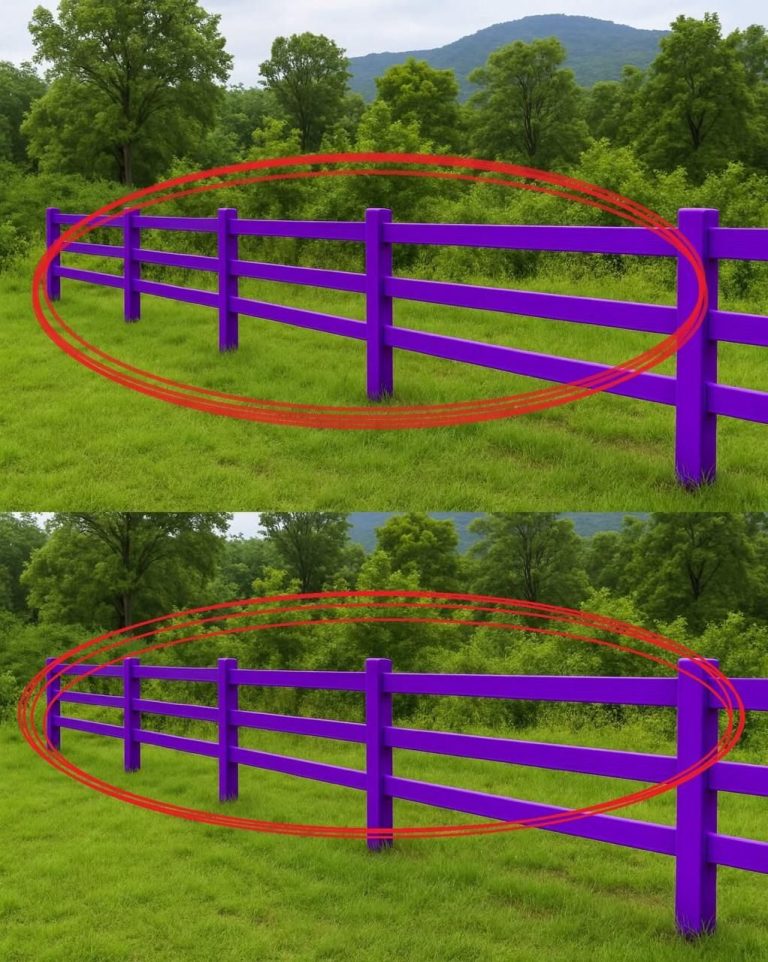You’re walking along a quiet country road or hiking through a trail when something unusual catches your eye — a fencepost painted a deep shade of purple. It’s not a random splash of color, not the handiwork of an artistic farmer with leftover paint, and definitely not a trend in home décor.
That streak of purple paint means something very specific — something every property owner, traveler, and rural wanderer should know.
In many parts of the United States, a purple fence or purple-painted tree is a legal warning: No Trespassing.
The Secret Behind the Purple Fence
For decades, rural landowners struggled with keeping “No Trespassing” signs from falling off, fading in the sun, or being stolen. Replacing them was costly and frustrating. So lawmakers in several states introduced a simpler, smarter solution — one that nature itself couldn’t easily erase: purple paint markings.
In these states, a single purple stripe can carry the same legal weight as a printed sign. If someone crosses the property line beyond it, they can be prosecuted for trespassing just as if they had ignored a posted warning.
Why purple? Because it stands out. It’s bright enough to notice against trees, grass, or fences, yet rare enough in nature that it doesn’t blend in. Unlike red or orange — colors often used for hunting or hazard zones — purple sends a clear message that is distinct, respectful, and unmistakable.
The Rules Behind the Paint
Before you grab a brush and a bucket, it’s important to know that purple paint isn’t meant to be random. States that recognize it have specific rules about how and where to use it.
Here’s what most laws require:
1. Vertical Stripes Only
The mark must be painted vertically — not splashed, not scribbled, not as a design. A vertical stripe is deliberate and signals that it’s meant as a boundary warning, not decoration.
2. Size and Visibility Matter
Each mark should be at least one inch wide and eight inches long, clearly visible from a distance. Anything smaller could be mistaken for a stain or weather damage.
3. Right Height on the Fence or Tree
The paint should be applied between three and five feet off the ground — eye level for most people. Too low, and it disappears in tall grass. Too high, and a hiker or visitor might miss it entirely.
4. Keep It Consistent
Marks are typically placed every 100 feet along property lines or boundaries. This spacing ensures that no one can accidentally wander across without seeing the warning.
